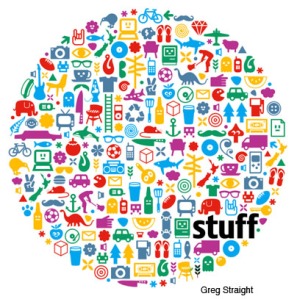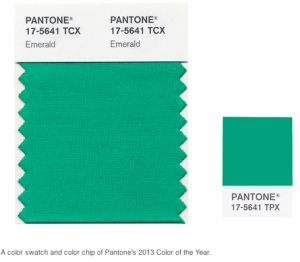Last week, I participated in a downsizing roundtable for seniors and the question everyone asked was, “Where do you start?” From my experience in writing our book Moving On and our blog, here’s what I’ve learned.
Whether you are moving to a smaller place, straightening up because your apartment is going to be painted, or simply have that feeling that your possessions have taken over, the first question – and sometimes the one that stops you in your tracks – is always how do you get started. Here are some suggestions.
Start now. You can think about this, you can lament having to do it, but at some point you simply have to plunge in – even if “starting” simply means beginning to think about what you want to get rid of and talking to people about the best way to do that. The longer you put it off, the more difficult it will become. If you’re older, the sooner you start, the more you’ll be able to be actively involved in the process of sorting through your things. And whether you’re old or young, that means that the changes you’re about to make will be on your terms, not someone else’s.
Take your time. The best way not become overwhelmed with the process of downsizing is to take your time. Schedule regular sessions, maybe just a half hour at a time, adding a few 2- to 3-hour sessions when needed. Doing too much at once may exhaust you and make you postpone starting another session. Keep your sessions short but make them a regular habit.
Start with the easy things. Begin with the areas that have the least emotional impact for you because it will be easier to part with those things. For some, that might be getting rid of old towels (a welcome donation at most animal shelters). For others it might be that pile of unread magazines or the kitchen utensils in that overstuffed kitchen drawer. Start with whatever area works best for you.
Start small. Don’t try to do too much at one time. If it took you 20 or 30 years to accumulate all that clutter, it will take you more than a couple of weeks to sort through it all. And any job that seems overwhelming can be broken down into smaller parts. If going through your clothes is too big a job to contemplate, divide the clothes into smaller groups: office clothes, casual wear, shoes, coats, accessories, and tackle each group separately.
Communicate. Talk over your plans with your family and friends; let them know that you want to get your home in order. Seek out people who have been through the experience of downsizing to find out what they did right—as well as what they did wrong. After the fact, people often have some insight as to what needs to be saved and what can be tossed. And ask for advice from friends and colleagues who are particularly well organized. The more you talk about getting organized and the more you embrace this as your project, the more likely you will be to get it done.
Get help. Nobody has to do this alone. When you are sorting through personal mementos like family photos or going through your income tax files, you’ll want to work alone. But if you need help deciding which clothes to keep and which to give away, you could ask a friend whose taste you admire to give you a helping hand. And anyone can help with carting things away; you could ask a teenage neighbor for help.
Think beyond. What this means is that for some of us, it’s easier to get rid of things when we know that the items will have a life beyond our needs. There are many places, well-known charities, schools, community groups, and businesses, that accept all kinds of household items from used roller skates to nearly new business suits, from college textbooks to sports equipment.
Enjoy the process. You can decide that this process has its upsides, that it’s not all onerous, and to do that you may have to adjust your attitude somewhat. You can also realize that this is an opportunity to be generous. People we interviewed found great joy in giving things away, whether to friends or to those in need. With the right attitude and an awareness of the needs of others, you can make this a positive experience.
Remember that one drawer emptied of its clutter or a couple of shelves in a closet that are organized and easier to use is a great accomplishment. Give yourself permission to feel good about the first small step you take; that will make it easier for you to go on to the next step. And downsizing is a process of many small steps.
So let’s get started.
≈Linda Hetzer is an editor and author of books on home design, crafts, and food, and coauthor of Moving On: A Practical Guide to Downsizing the Family Home.
Filed under: decluttering, downsizing, downsizing the home, emptying the house, enjoying the process, getting rid of stuff, gratitude, green living, happiness, having fun, keeping the memories, living with less, moving, organizing, proactive downsizing, share your stories, take your time, workable strategies | Tagged: creative strategies for downsizing the home, decluttering, downsizing, downsizing the family home, downsizing the home, emotional issues in downsizing the home, emptying the house, family, getting rid of clutter, getting rid of stuff, getting rid of things, gratitude, green living, important papers, organizing, take your time, talking about downsizing, tips for downsizing the home, workable strategies | 1 Comment »








